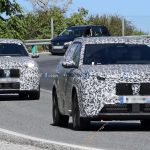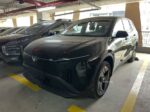Based on the Hyundai Casper, a subcompact CUV, the Inster is designed for urban mobility with its compact size.
Hyundai expands its CUV lineup with the introduction of the Inster, an all-electric version of the Casper small urban crossover. Unlike the Casper, which is exclusive to South Korea, the Inster is positioned as a global product and will be sold in Europe, the Middle East, and the Asia Pacific region. This suggests the possibility of the Inster being introduced to the Vietnamese market.
The name “Inster” is derived from the words “intimate” and “innovative,” reflecting Hyundai’s vision for this compact and friendly vehicle designed for urban mobility.
The Inster’s dimensions are 3,825 mm in length, 1,610 mm in width, and 1,575 mm in height, with a wheelbase of 2,580 mm. Compared to the Casper, the Inster is 230 mm longer, 15 mm wider, and has an increased wheelbase of 180 mm.
While the Inster’s design is largely inspired by the Casper, Hyundai has made modifications to suit the characteristics of an electric vehicle. The headlights feature a two-tier design, with daytime running lights and turn signals on top and round LED headlights below. At the rear, the CUV impresses with its pixelated taillights, reminiscent of the Ioniq 5.
The interior design of the Inster is also inherited from the Casper but upgraded with new technology, color options, and materials. It boasts two 10.25-inch screens, wireless charging, a 64-color LED ambient lighting system, and a sunroof.
Additionally, the Inster is packed with advanced safety features, including highway driving assist, lane-keeping assist, and adaptive cruise control based on navigation data.
The Hyundai Inster comes in two variants: Standard and Long Range. The Standard version is equipped with a 95 horsepower electric motor and a 42 kWh battery pack, offering a range of up to 300 kilometers on a single charge. The Long Range version features a more powerful 113 horsepower motor and a 49 kWh battery, providing a maximum range of 315 kilometers.
Despite being a small, affordable vehicle, the Inster supports fast DC charging at up to 120 kW, allowing it to charge from 10% to 80% in just 30 minutes. Using a standard AC charger (11 kW), the Standard version takes about four hours to fully charge, while the Long Range version takes four hours and 35 minutes.
Similar to the Ioniq 5, the Inster also incorporates Vehicle-to-Load (V2L) technology, enabling it to function as a mobile power source for other devices when needed.
Hyundai is preparing to launch the Inster in South Korea and is planning to expand its distribution to other markets. The pricing for the Inster has not yet been disclosed.
Thai Son (Tuoitrethudo)

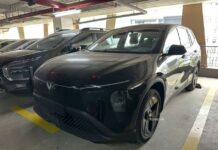

























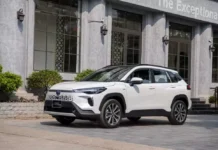
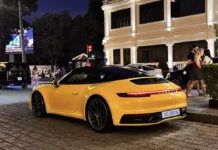
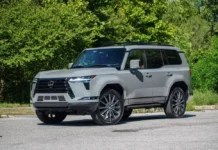
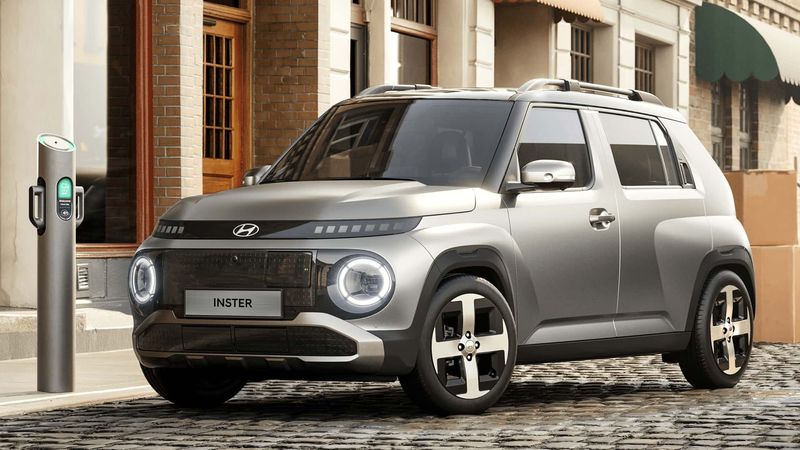
.jpg)
.jpg)
.jpg)
.jpg)
.jpg)
.jpg)
.jpg)
.jpg)
.jpg)
.jpg)
.jpg)
.jpg)



